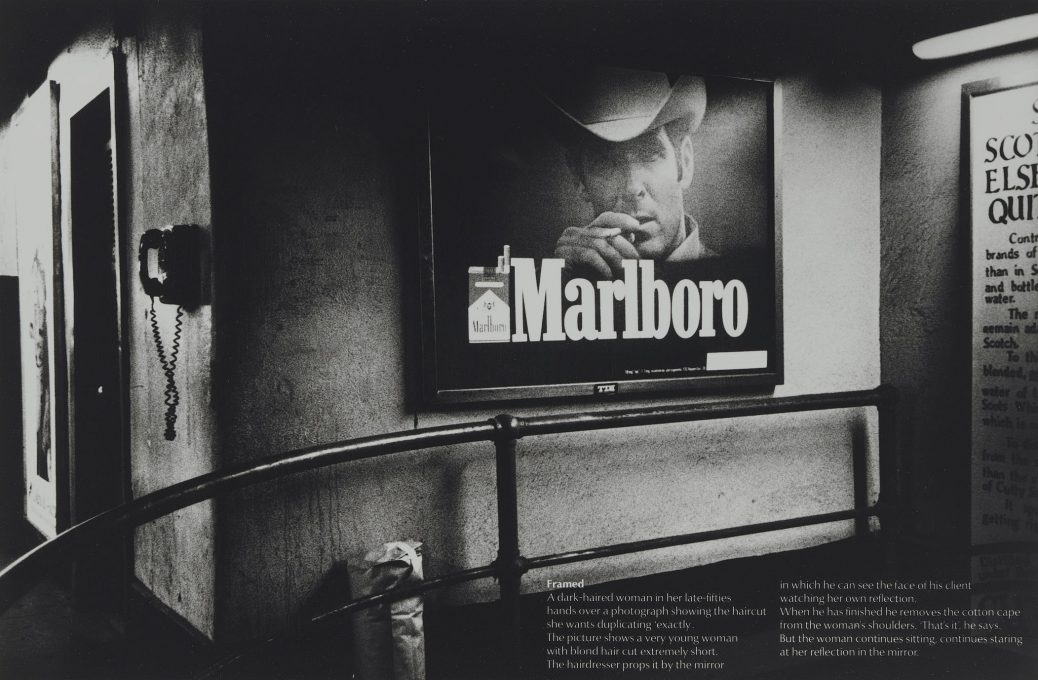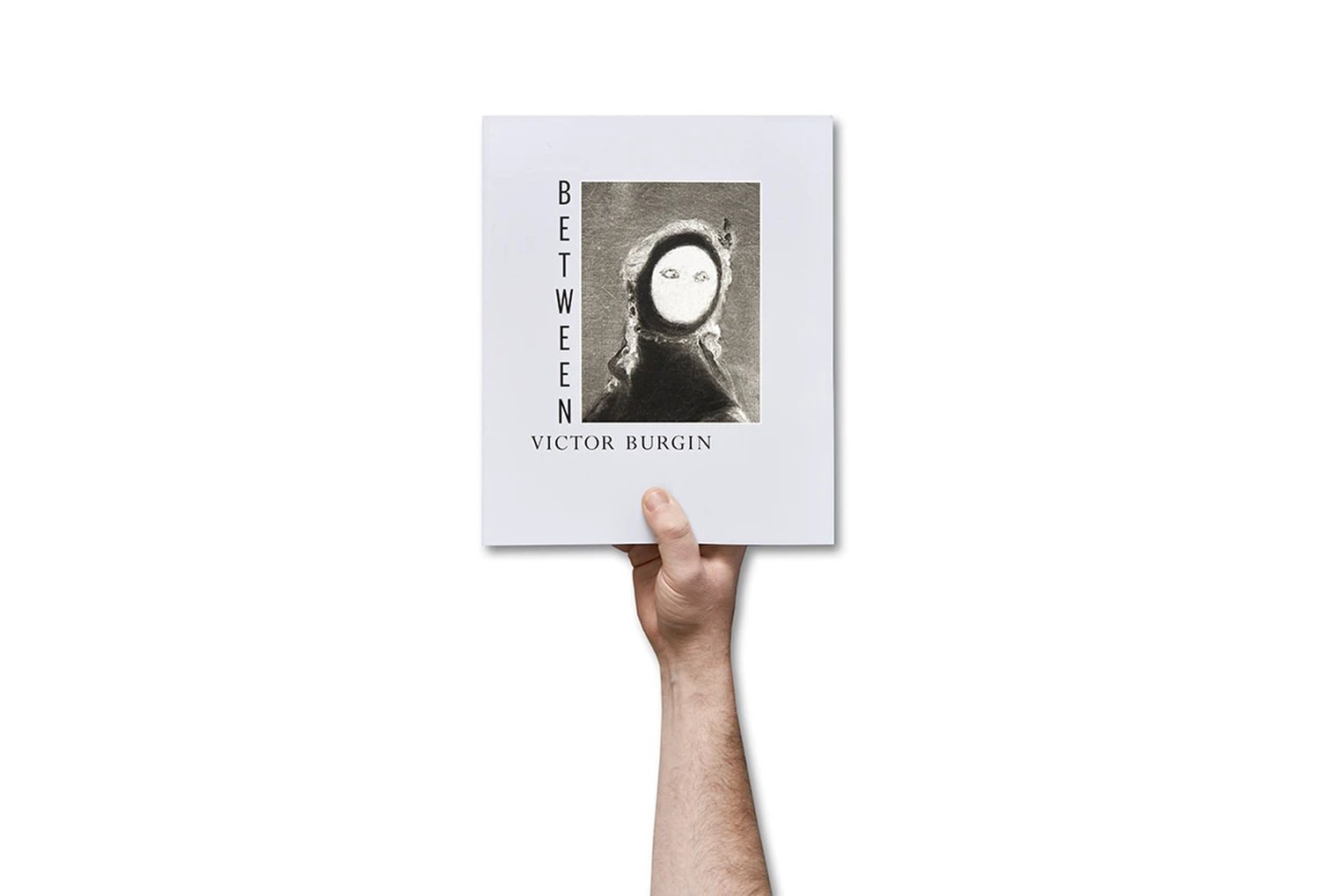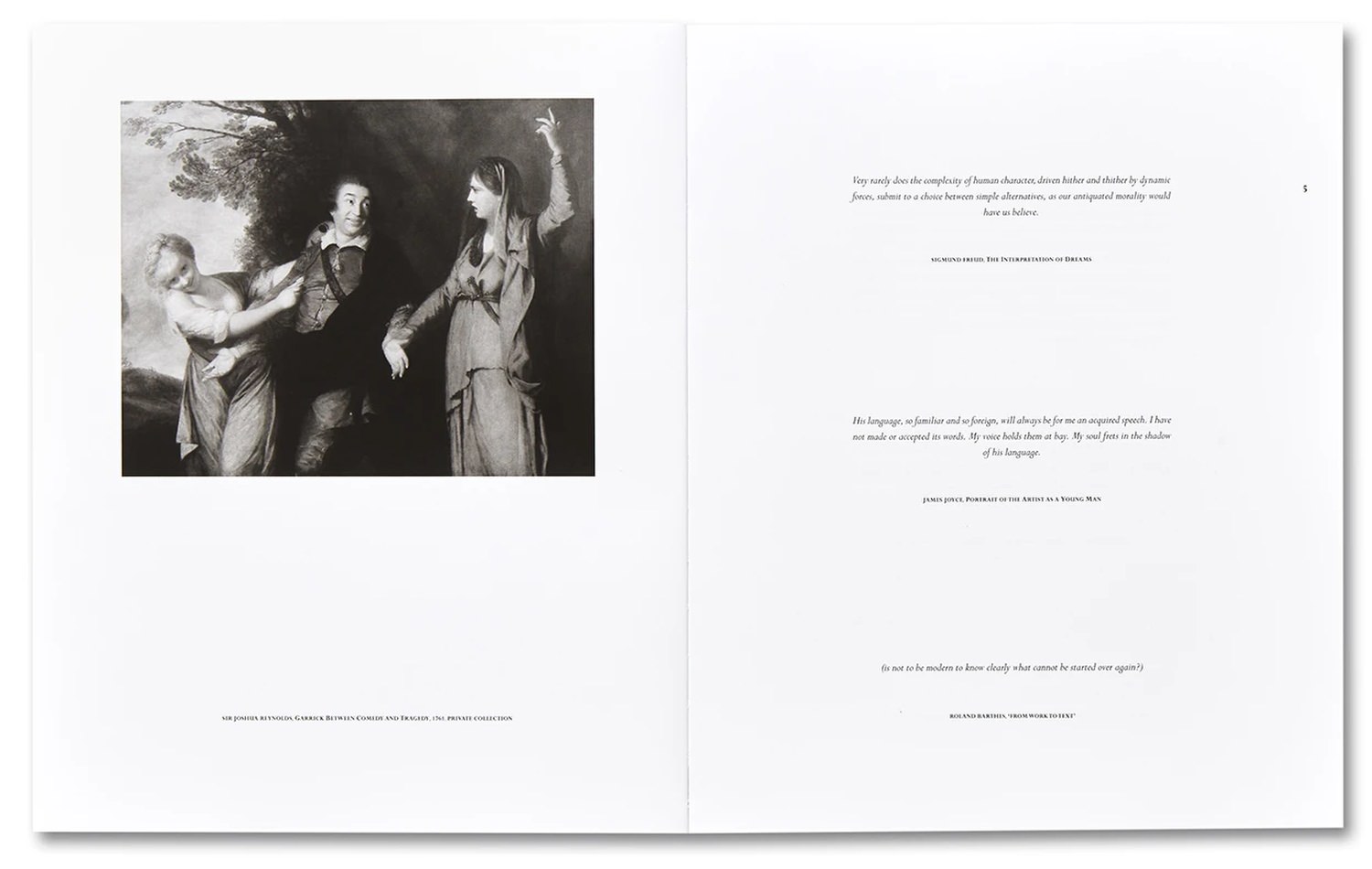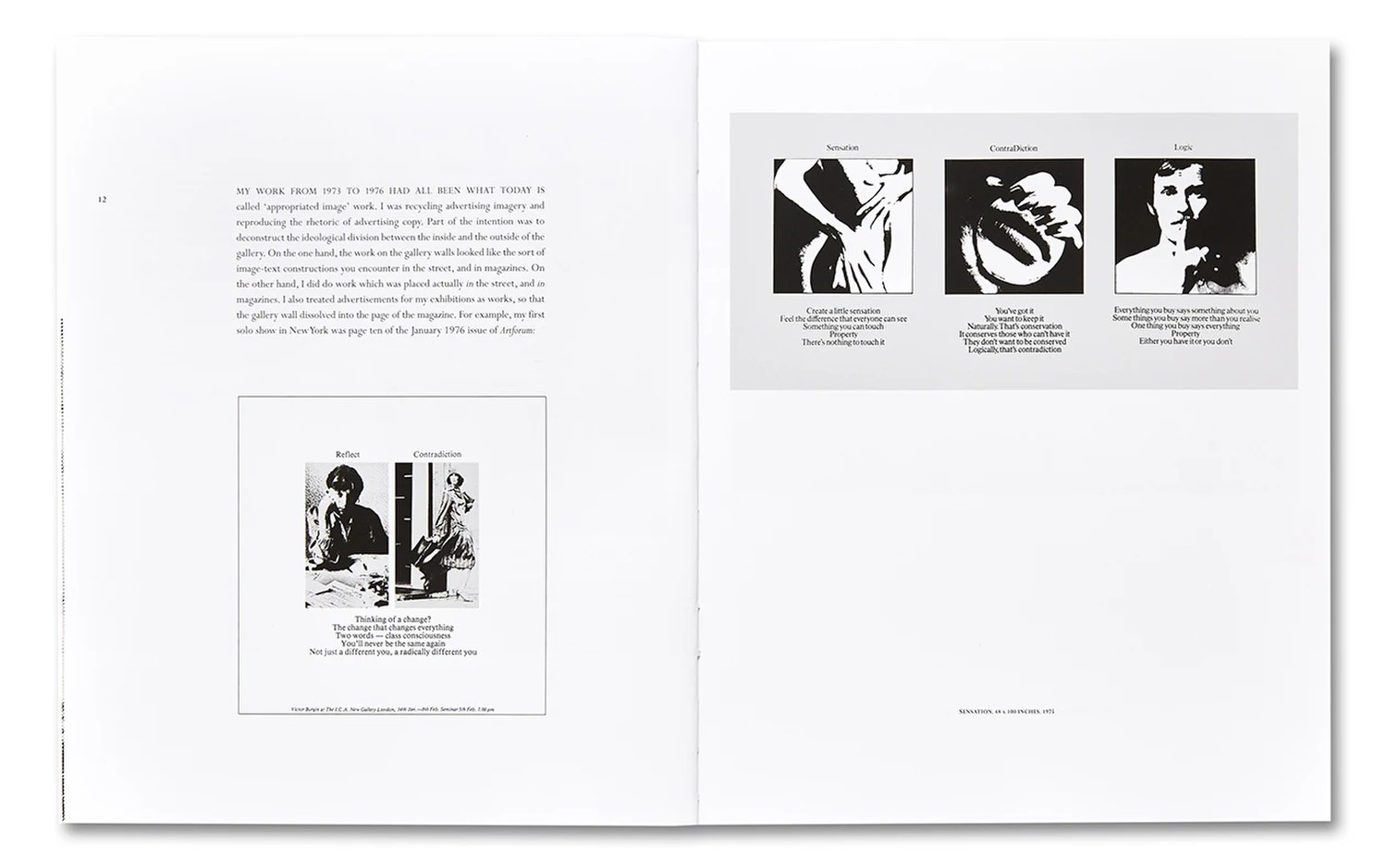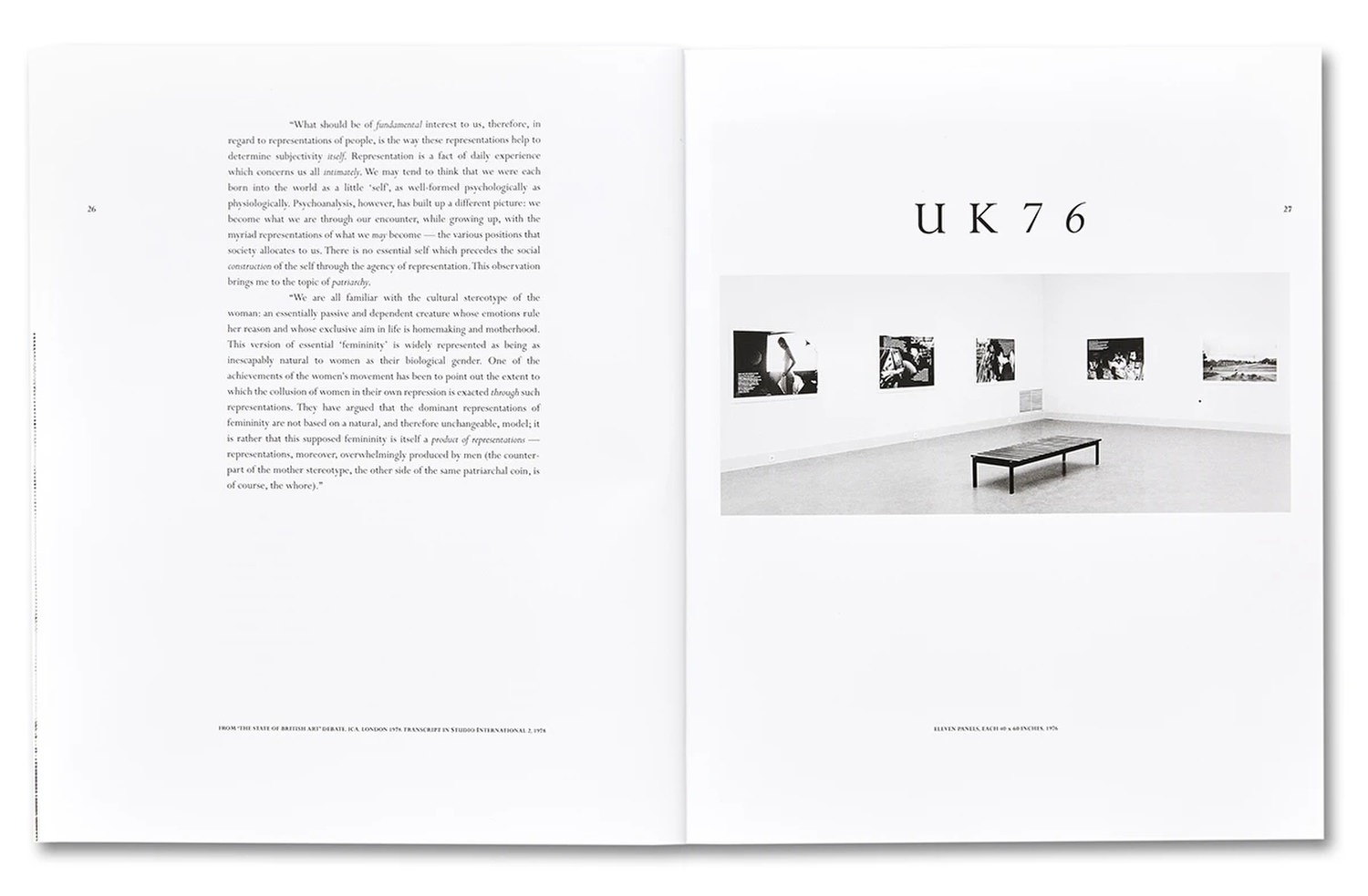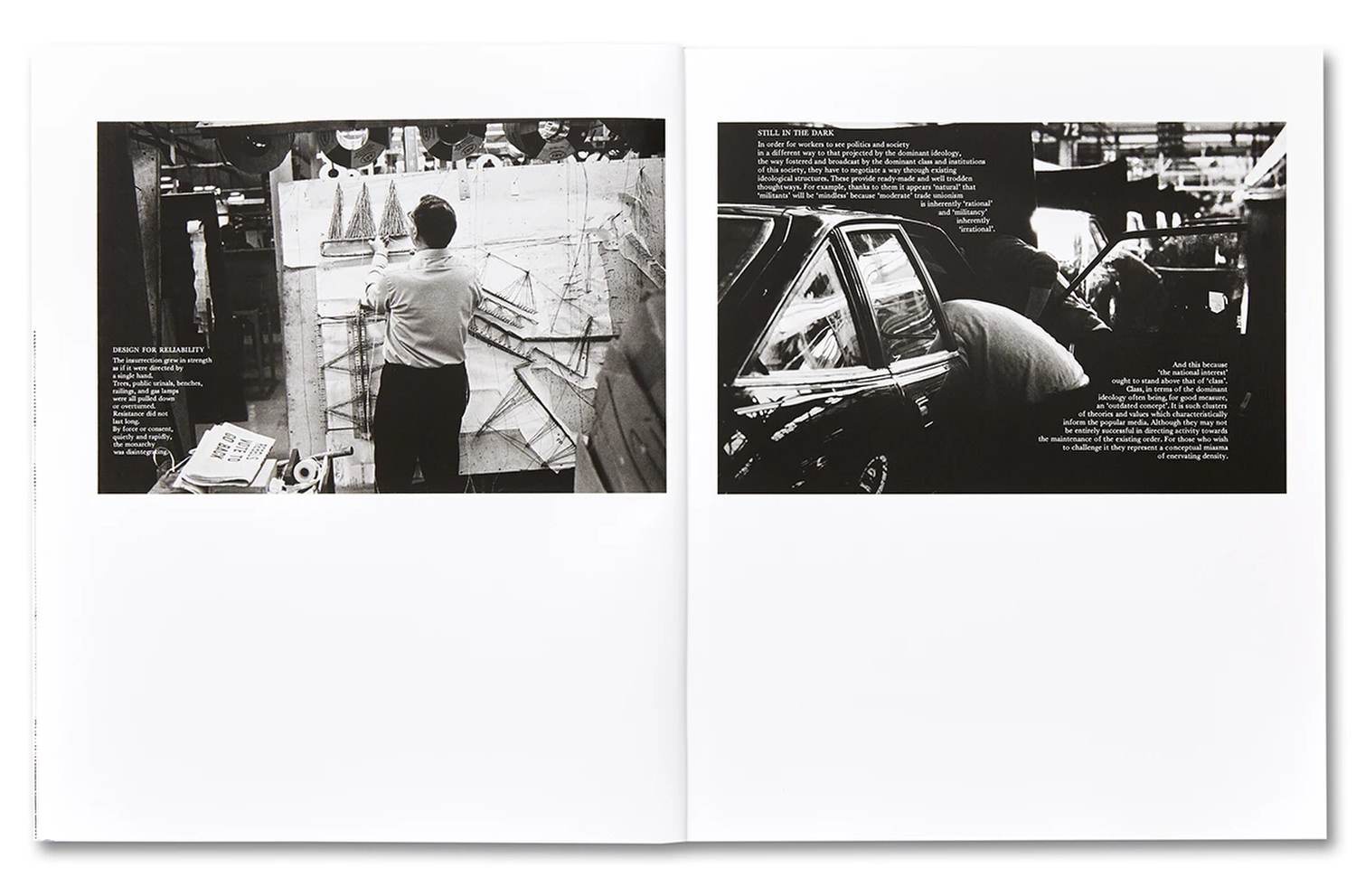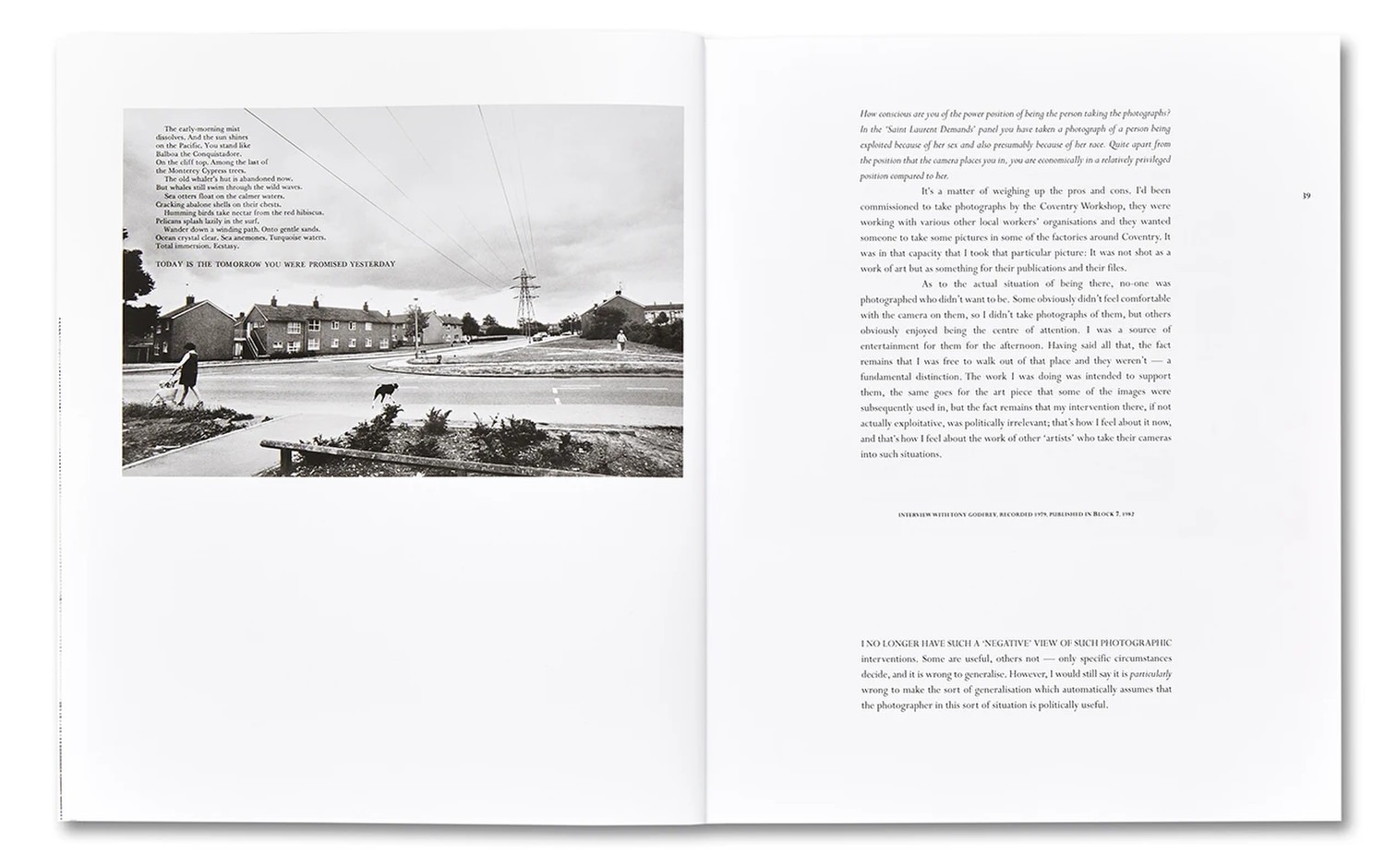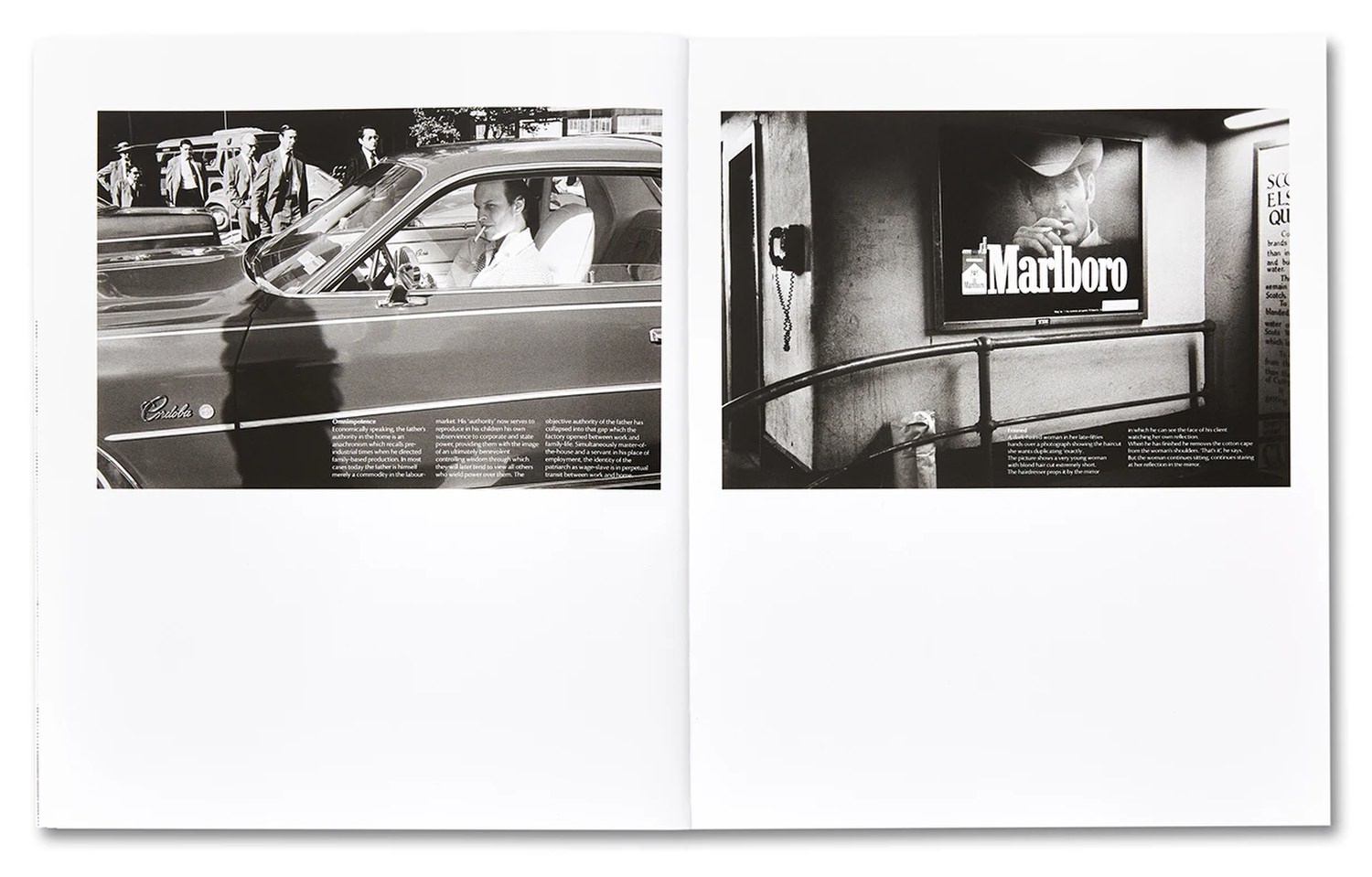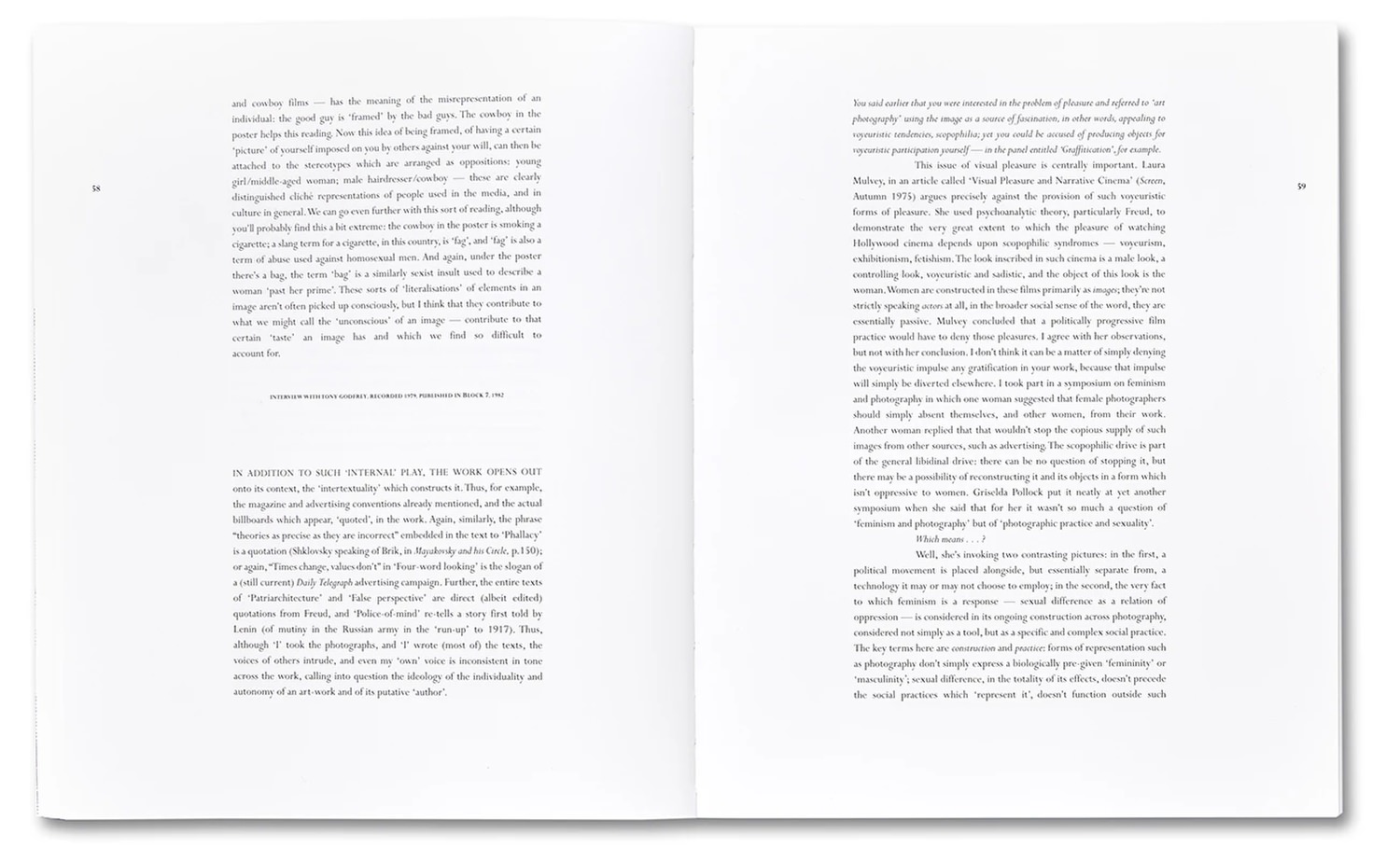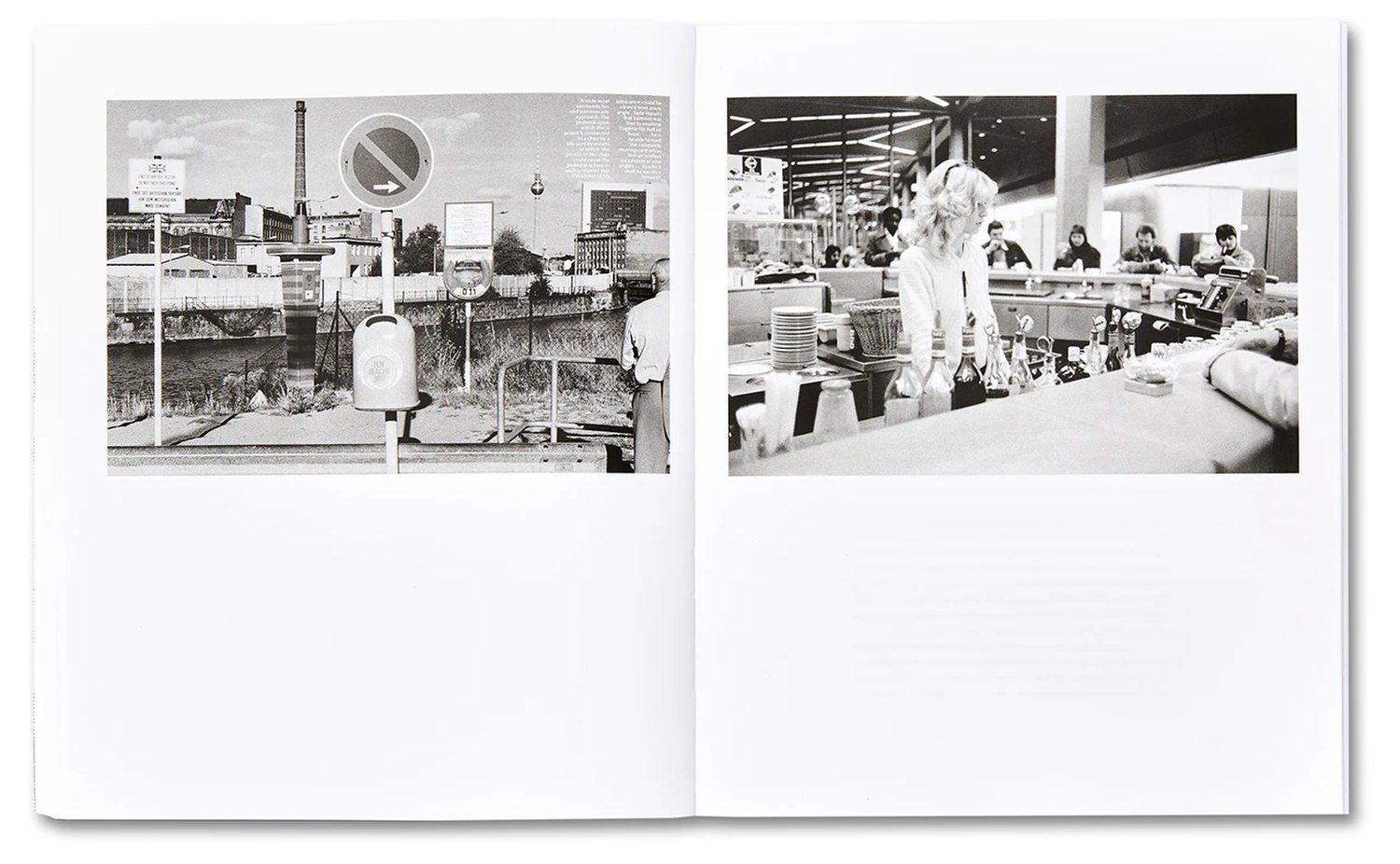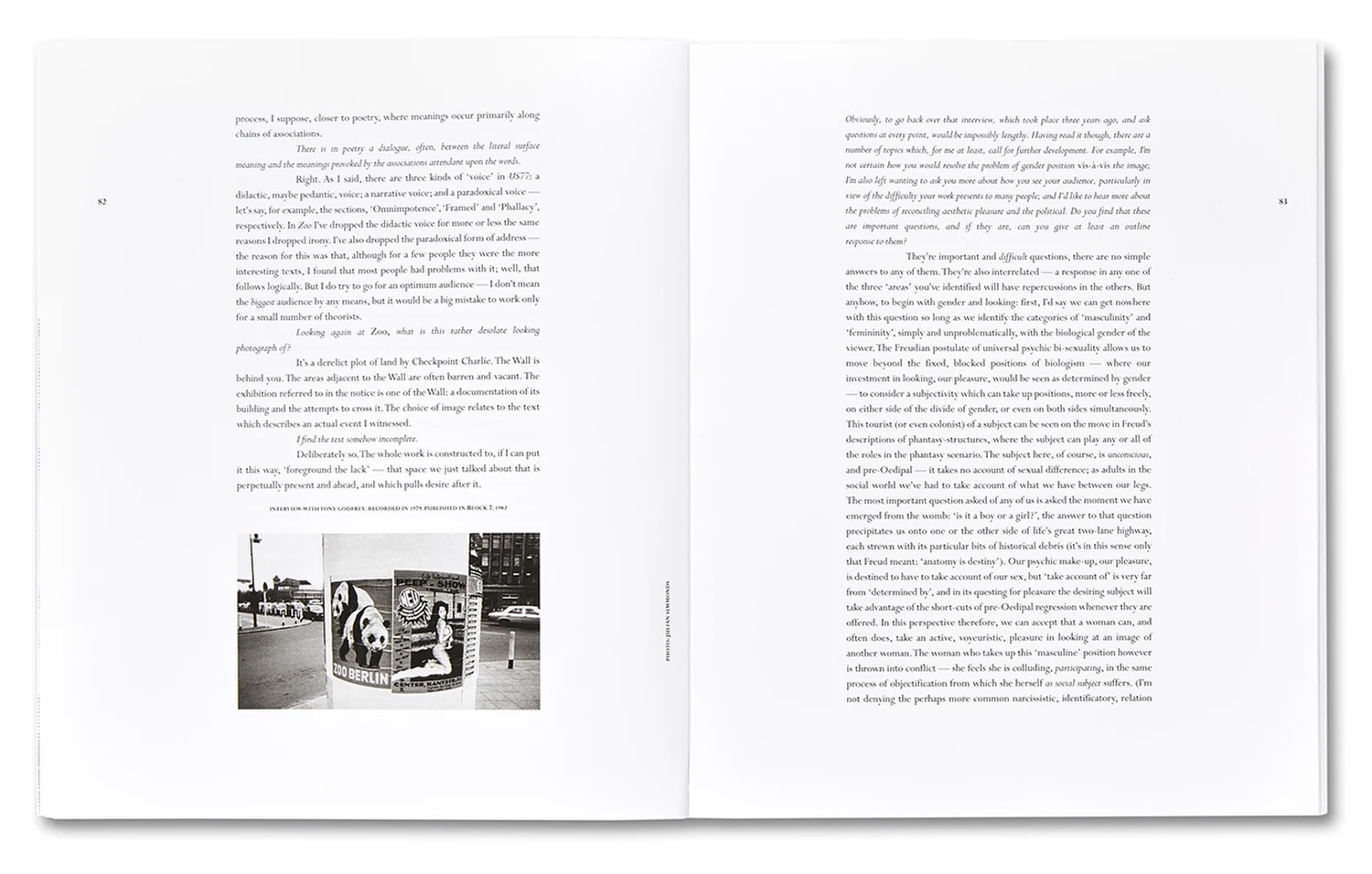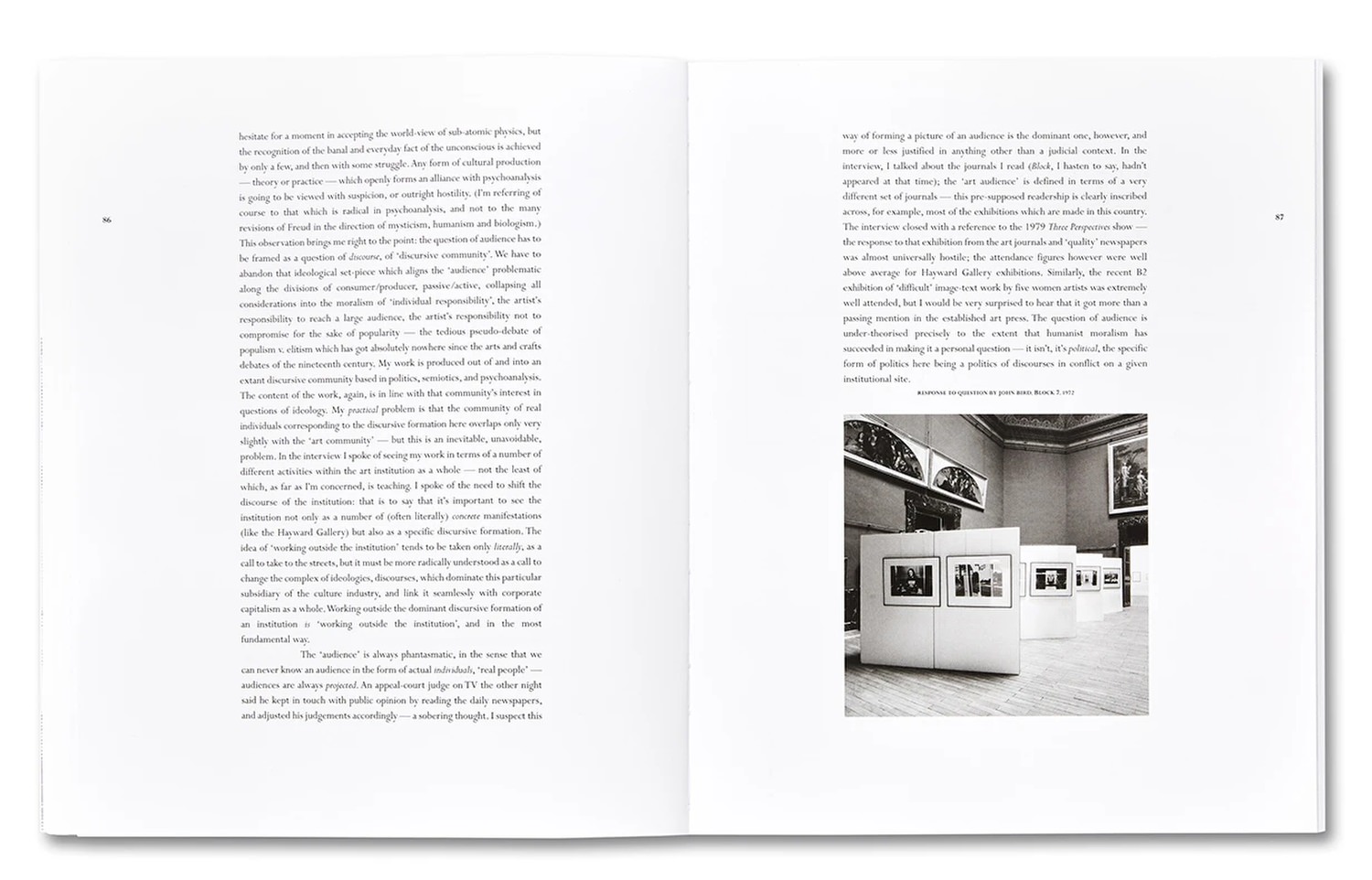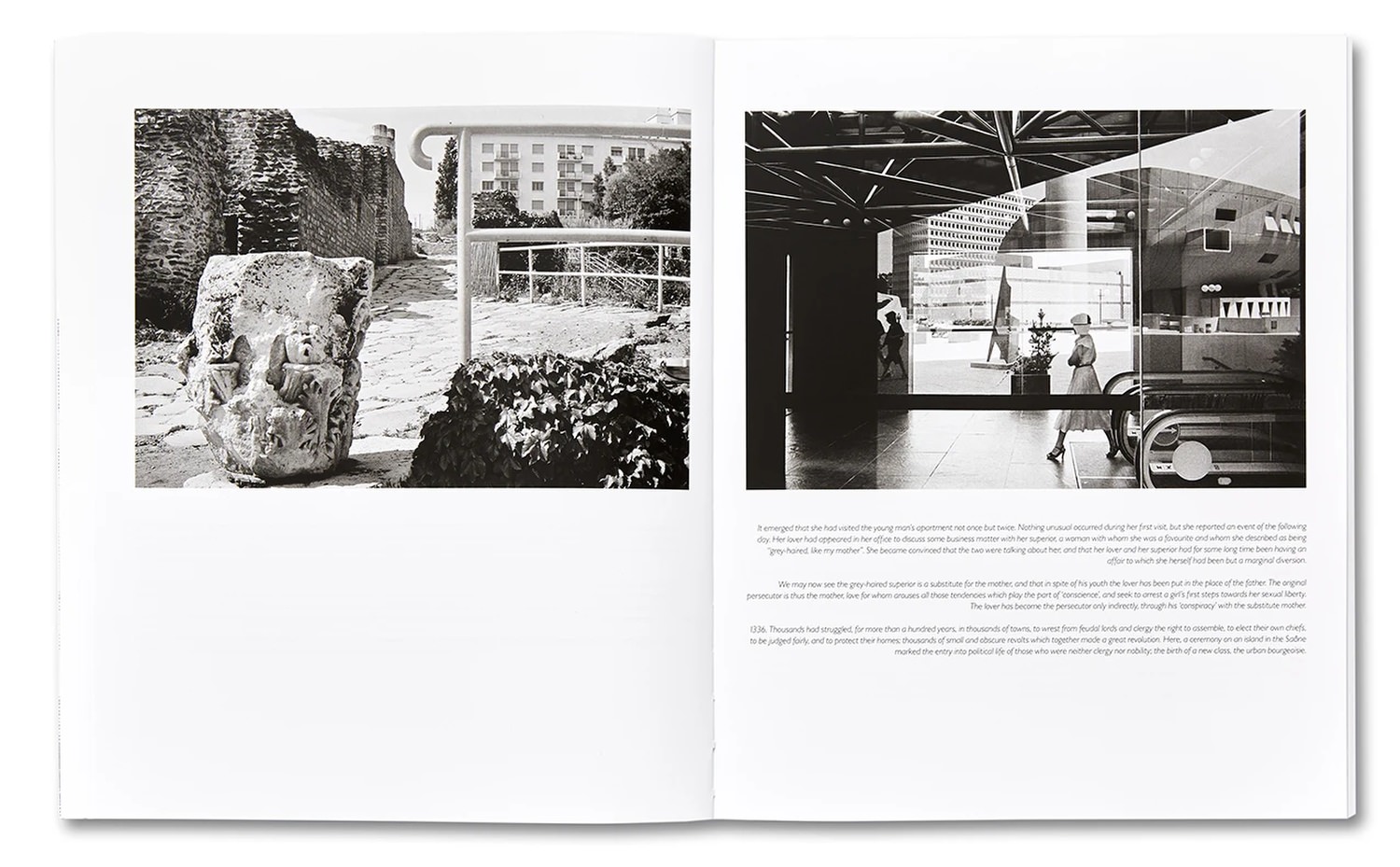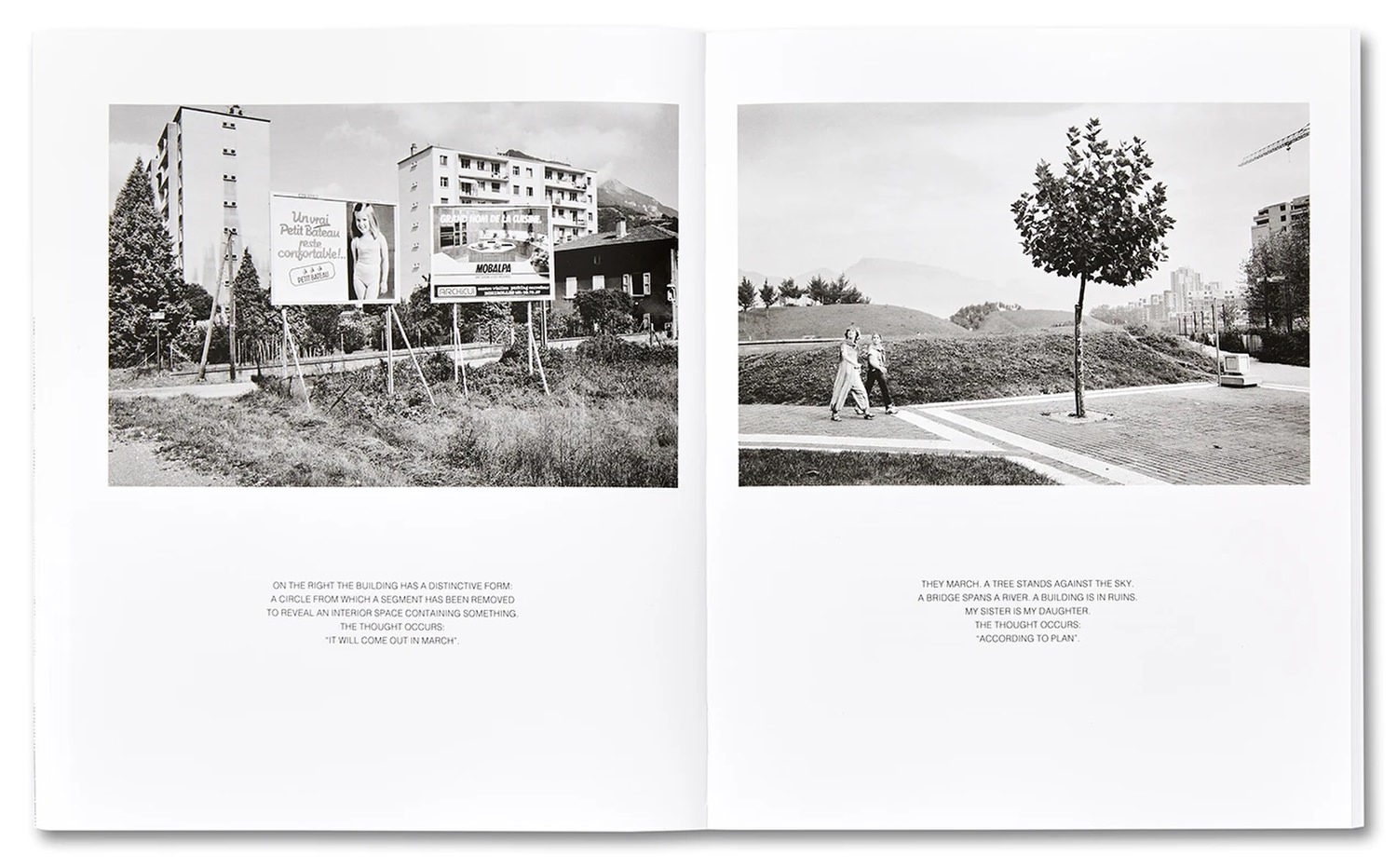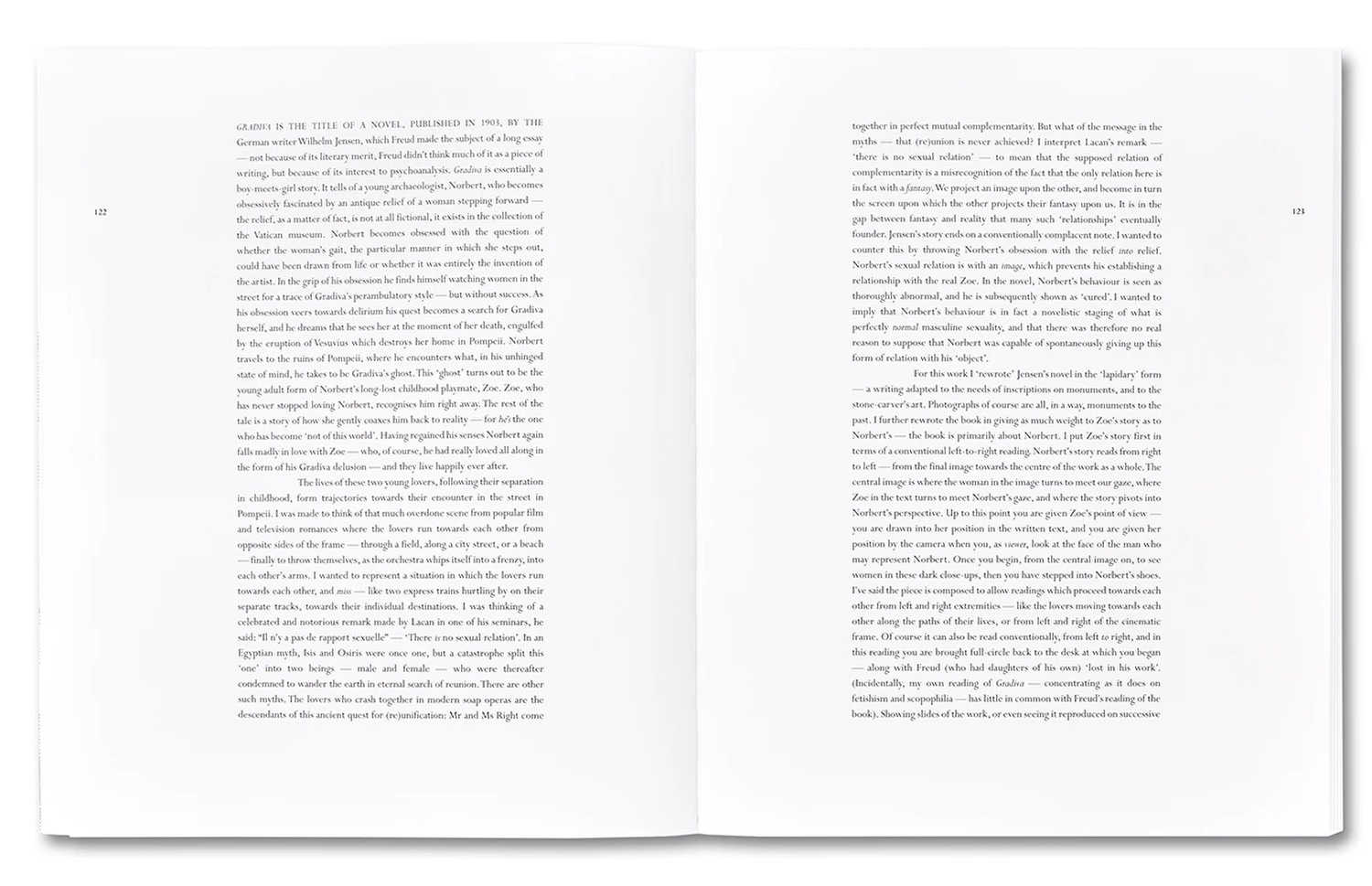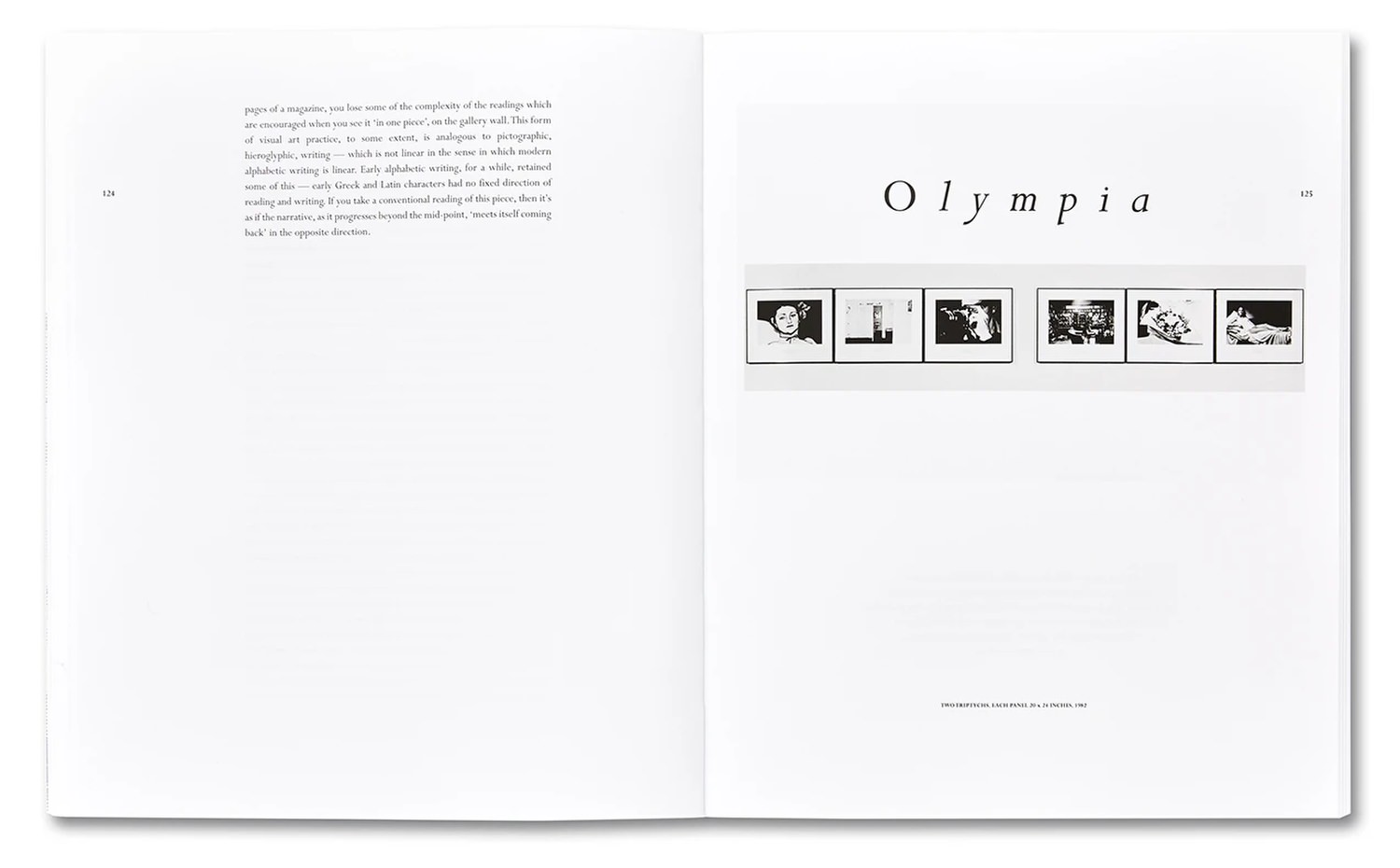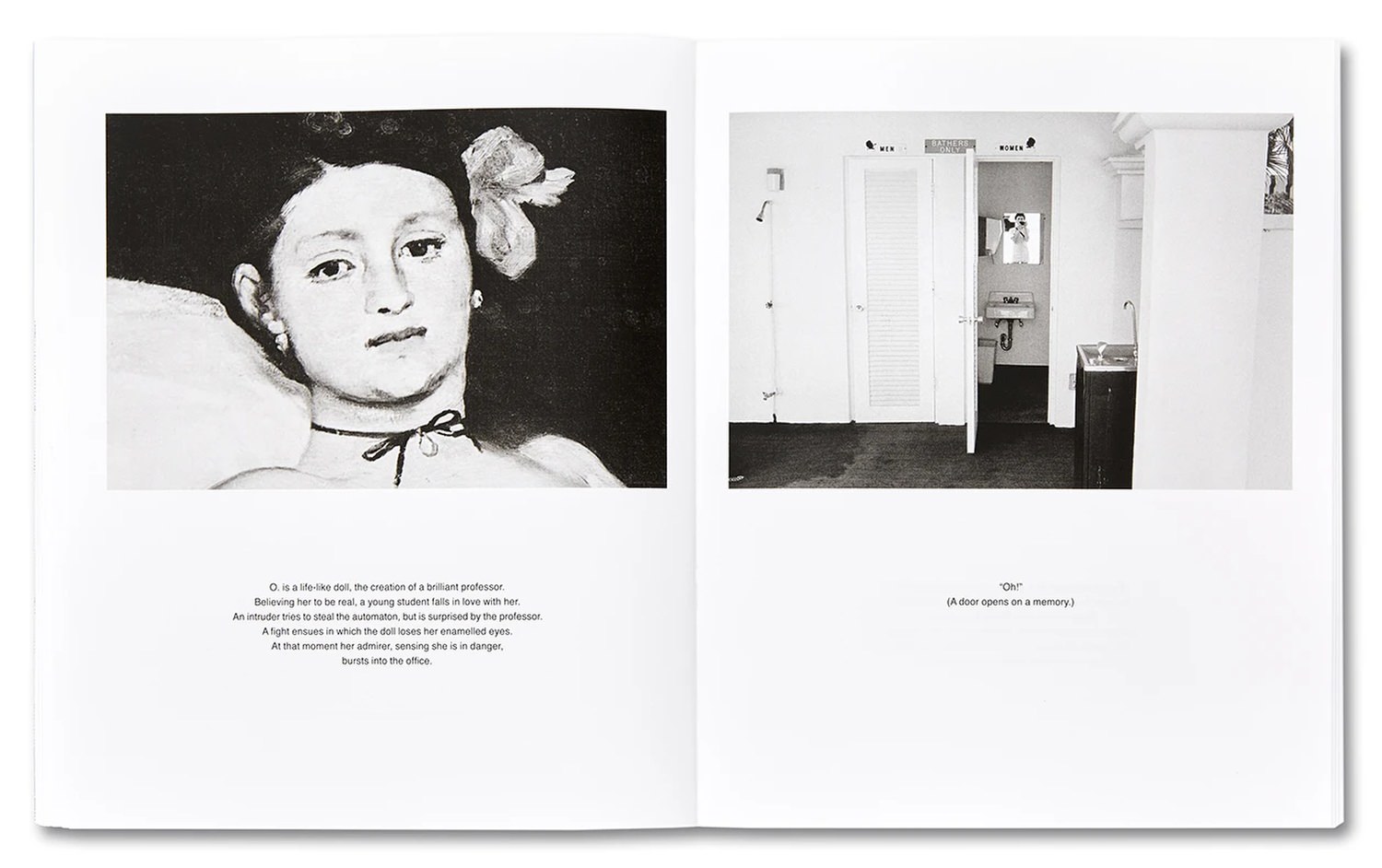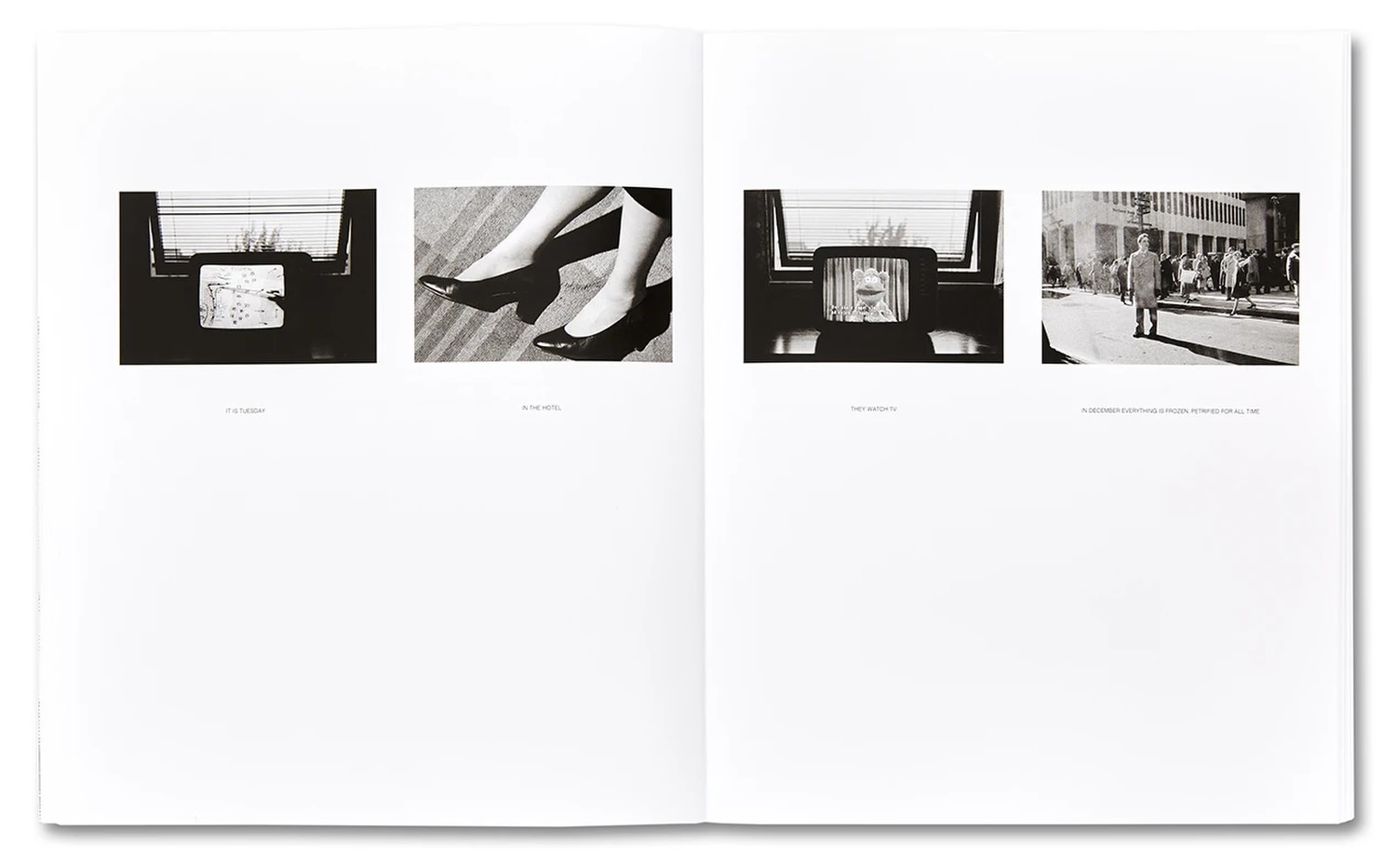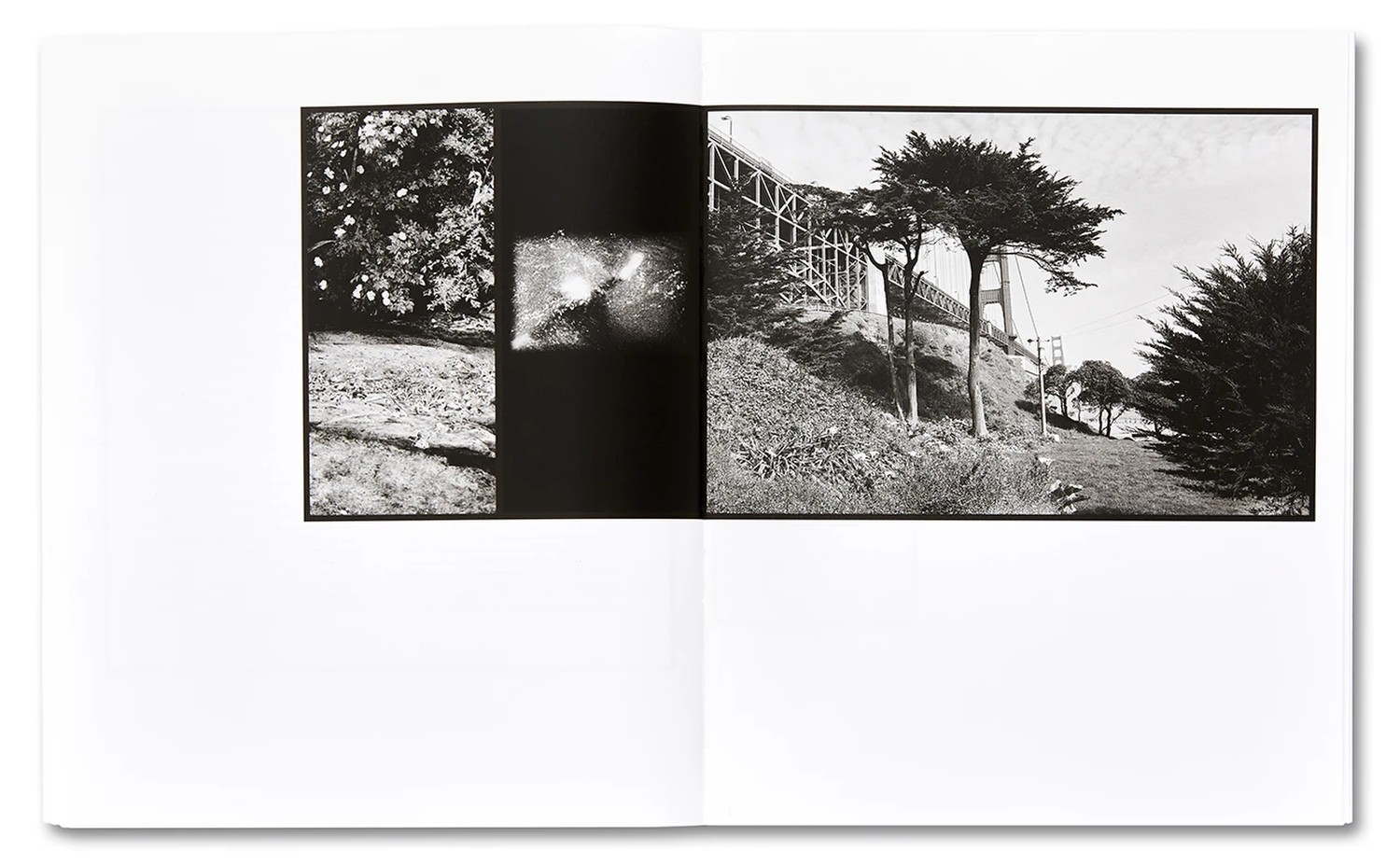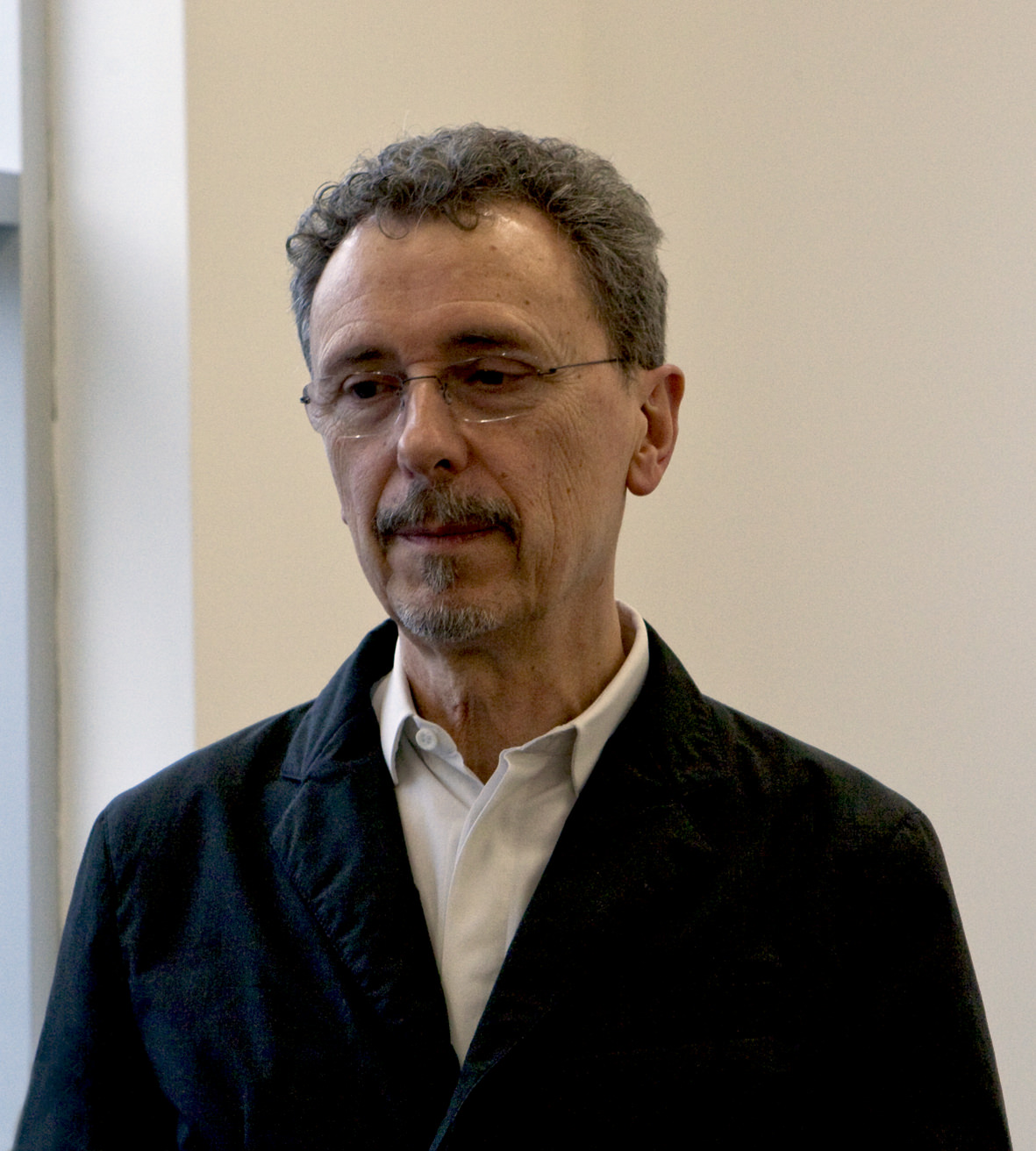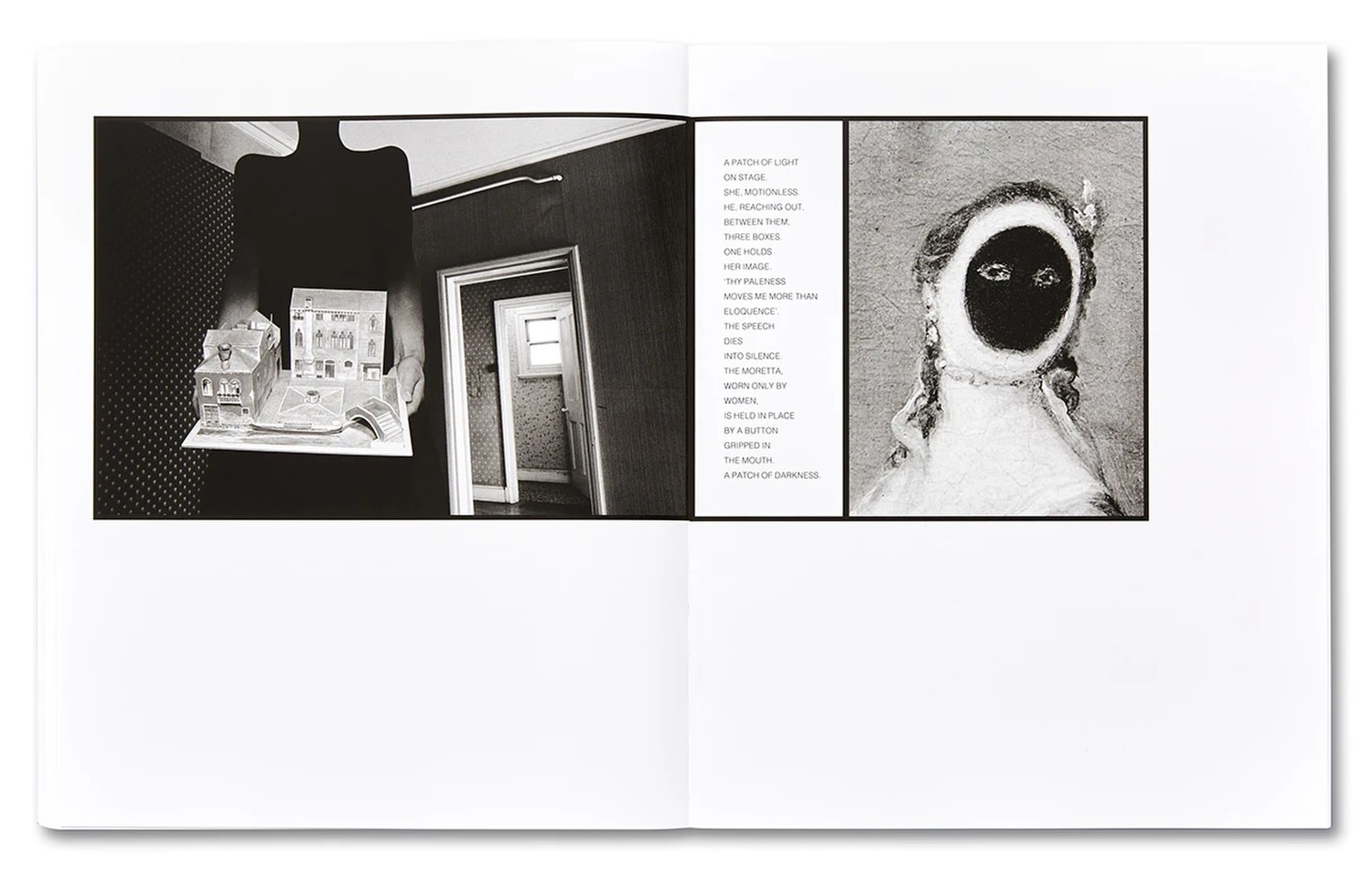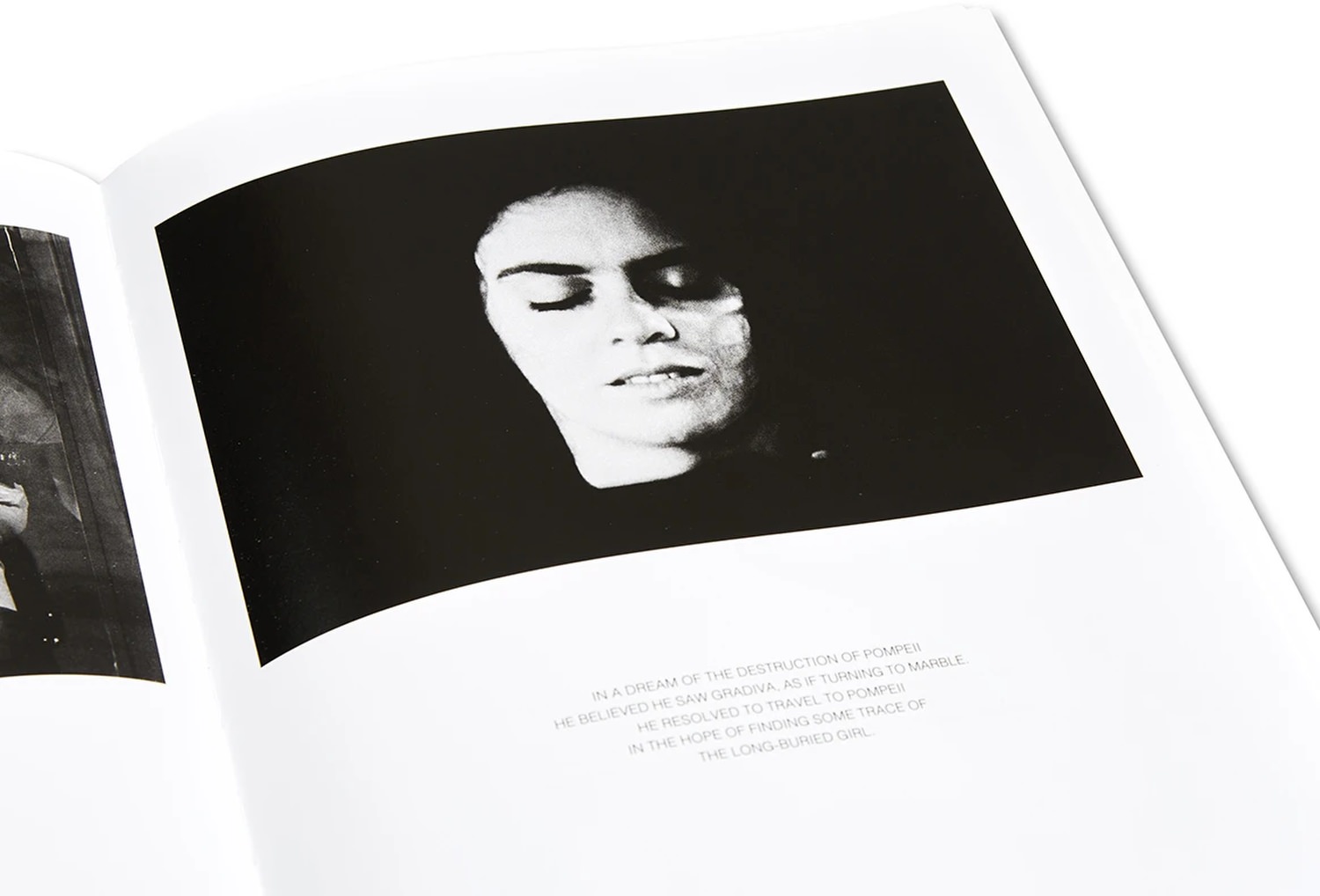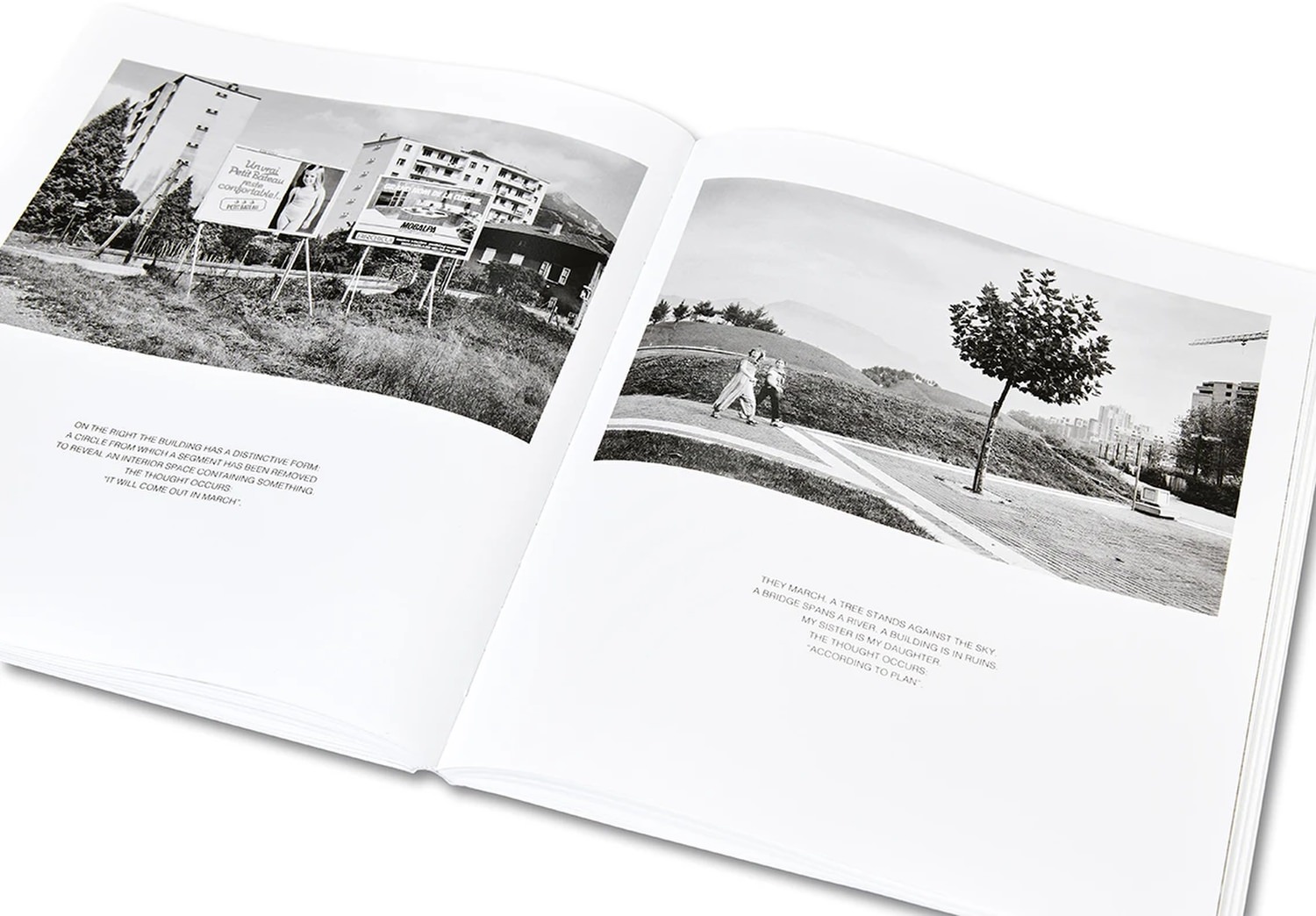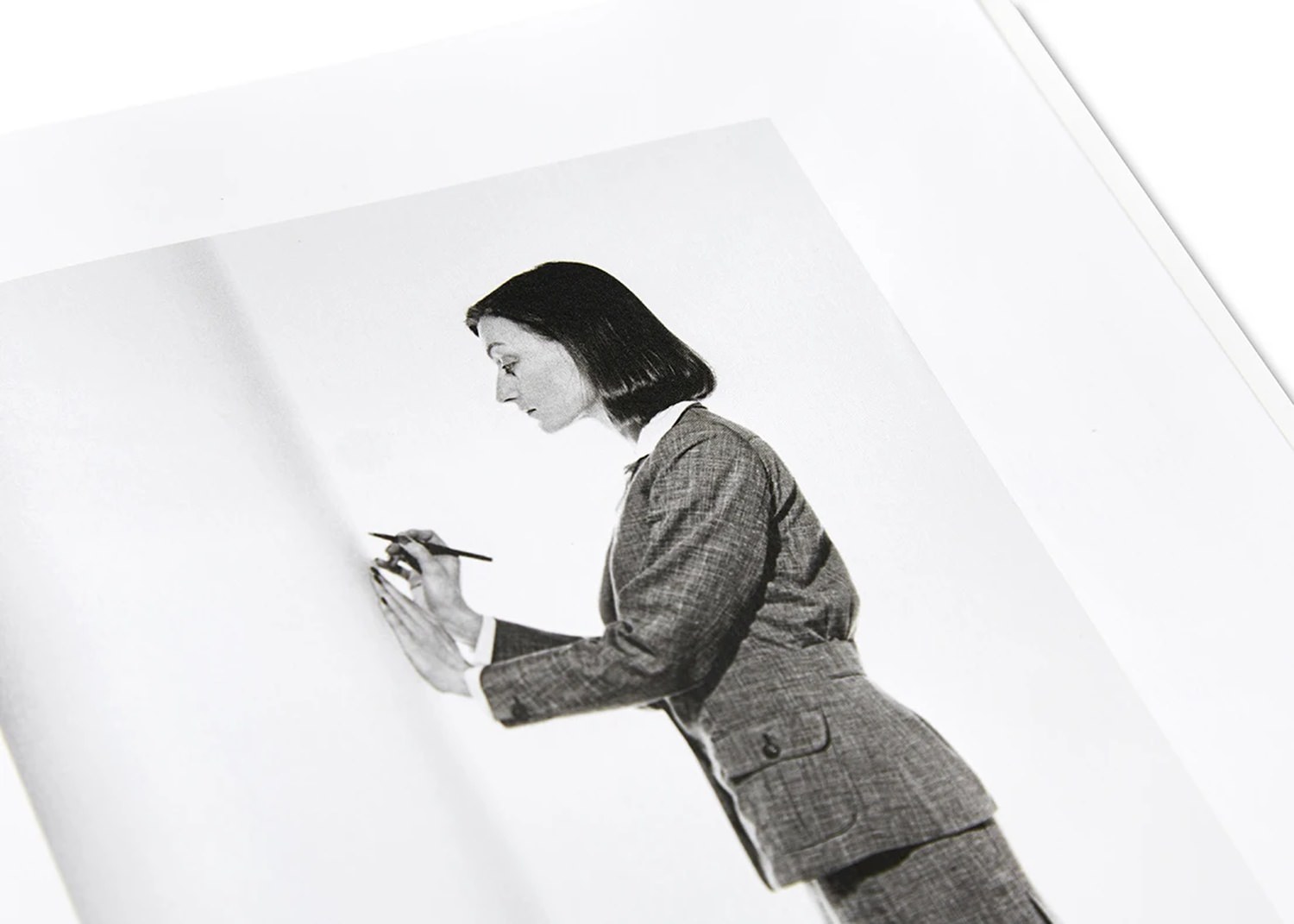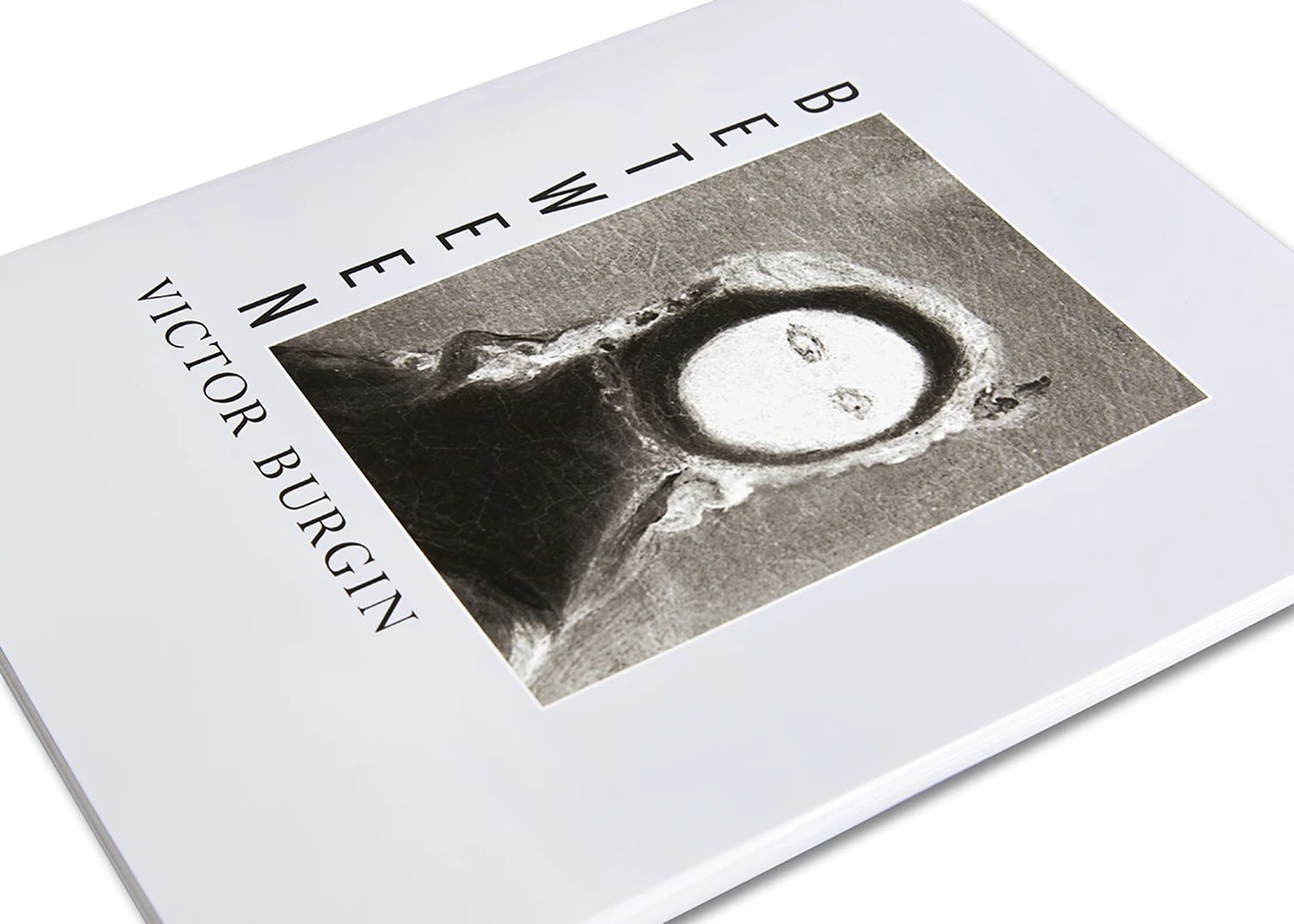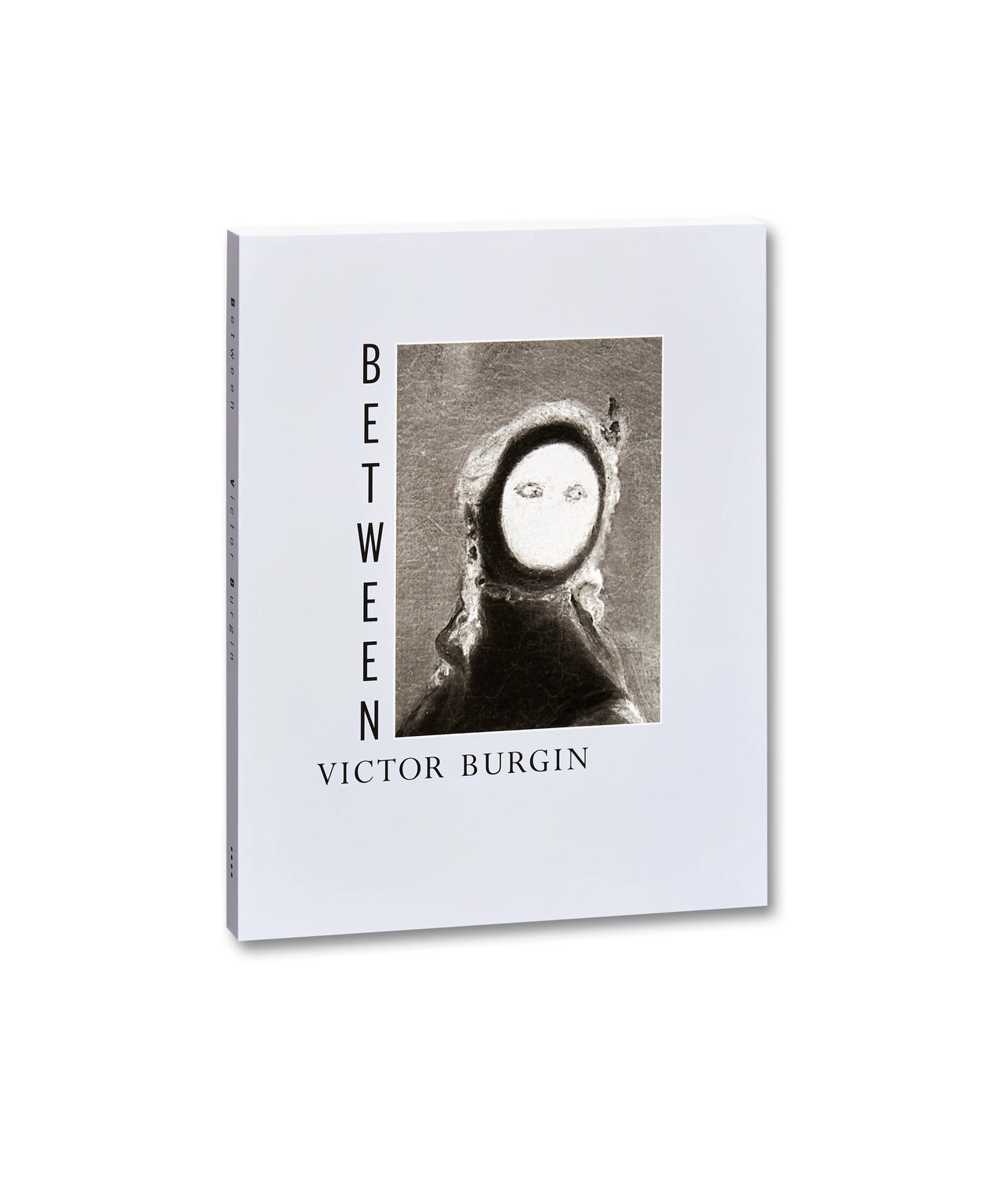Victor Burgin: Between
First published in 1986 and long out of print, Between charts Burgin’s passage from early conceptual art, via appropriationist works and critiques of mass media imagery to a series of photo-texts informed by psychoanalysis, semiotics, cinema studies and feminism.
Photographer, critic, and curator David Campany writes: “Between was first published into a time when the art markets came to dominate and dictate as never before. Art was no longer that stubborn space of resistance and reflection; it was to be part of the spectacle of neoliberal capitalism in which image is all. Self-congratulatory art fairs, artists as media celebrities, bloated auction prices, and the reduction of criticality to recognizable and increasingly empty gestures. … Burgin makes photographic work like no other artist, but his themes and motifs are drawn from experiences common to us all – the modern city, the structures of family, language as something that forms and reforms us, the power of images, principles of government, memory, and history. And yet, encouraged by the media to look to art for quick messages, some audiences and critics have found his work ‘inaccessible’.
Actually, Burgin’s work is among the most accessible I know if by that we mean ‘easy to get into’. It’s the getting out that’s tricky… My first encounter with his work came in the form of the book Between. Elegantly designed, it contains sequences of black and white photos with overlaid texts. The photos are quite like many things: film stills, classic street photography, fashion, advertising, and reportage. In addition, there are various pieces of writing that seem ‘theoretical’ but are also poetic, aphoristic, polemical yet fragmentary. There are also short, free-standing paragraphs full of insight into the presumptions of the mass media, the clichés of art-speak, the role of the unconscious in looking, and the shaping of class, gender, and sexuality. The contents are ordered in rough chronology although it’s not necessary to read it that way.
But this is how Burgin begins:
‘My decision to base my work in cultural theory, rather than traditional aesthetics, has resulted in work whose precise ‘location’ is uncertain, ‘between’: between gallery and book; between ‘visual art’ and ‘theory’; between image and narrative – ‘work’ providing work between reader and text.’
Interweaving Burgin’s visual work with fragments from interviews, talks and letters, Between offers insights into the relation of ‘theory’ to ‘practice’ in a form of art which has undermined the basis of this distinction. This MACK facsimile makes Burgin’s historic and groundbreaking book available for the first time in over three decades.
About the Author
Victor Burgin (born 1941) is an artist and a writer. Burgin first came to attention as a conceptual artist in the late 1960s (Harrison & Wood, 1992; Walker, 2001) and at that time was most noted for being a political photographer of the left, who would fuse photographs and words in the same picture.
He has worked with photography and film, calling painting “the anachronistic daubing of woven fabrics with colored mud” (Burgin, 1976). His work is influenced by a variety of theorists and philosophers, most especially thinkers such as Sigmund Freud, Henri Lefebvre, André Breton, Maurice Merleau-Ponty, Michel Foucault, and Roland Barthes. (European Graduate School Staff Page) (via Tate.org)

